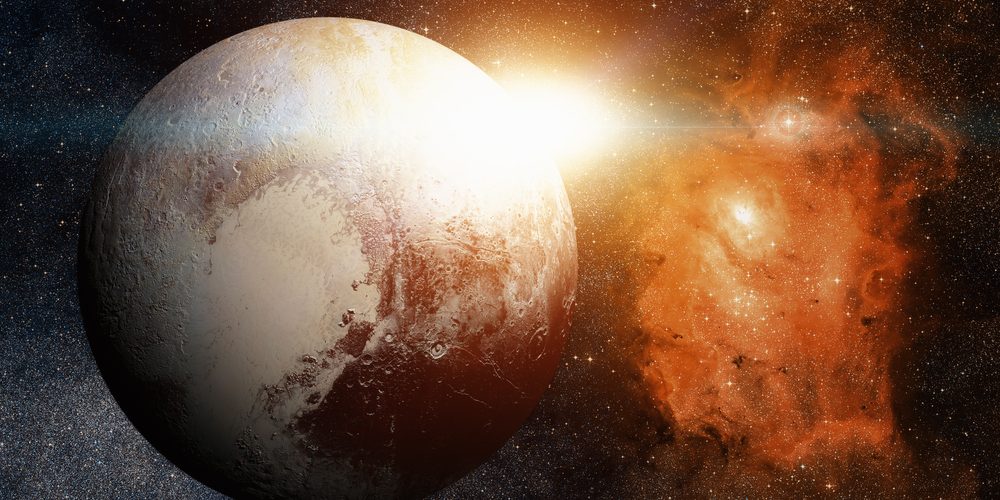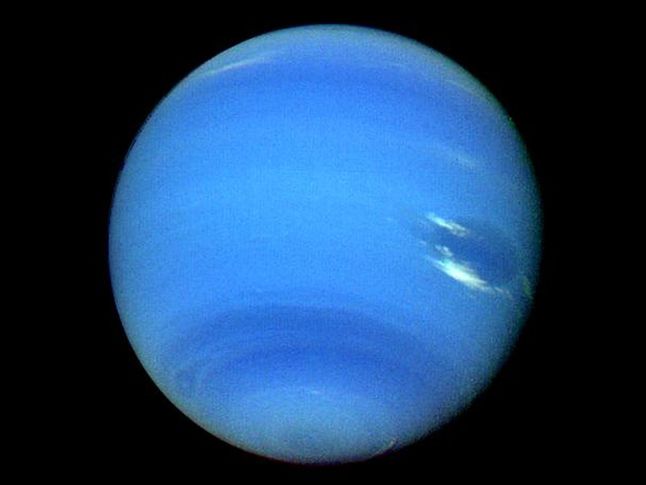
There are no rules that govern the rotation rates of the planets, it all depends on how much "spin" was in the original material that went into forming each one. We further divide this period of time into 24 hours, each of which is divided into 60 minutes, each of which is broken into 60 seconds. The time it takes the earth to rotate from noon until the next noon we define as one day.

The top-like rotation of the earth on its axis is how we define the day. Second, the earth revolves around the sun, like a tetherball at the end of a string going around the center pole. First, the earth rotates on its axis, like a spinning top. There are two that specifically interest us. Actually, several different motions all at once. This brings up the question of how we define the time intervals we measure. Neptune has a faint and fragmented ring system, which may have been detected during the 1960s but was only indisputably confirmed in 1989 by Voyager 2.Looking at the numbers above, you'll immediately notice that you are different ages on the different planets. Temperatures at the planet's centre are approximately 5,400 K (5,000 ☌). Because of its great distance from the Sun, Neptune's outer atmosphere is one of the coldest places in the Solar System, with temperatures at its cloud tops approaching −218 ☌ (55 K). These weather patterns are driven by the strongest sustained winds of any planet in the Solar System, with recorded wind speeds as high as 2,100 km/h.

For example, at the time of the 1989 Voyager 2 flyby, the planet's southern hemisphere possessed a Great Dark Spot comparable to the Great Red Spot on Jupiter. In contrast to the relatively featureless atmosphere of Uranus, Neptune's atmosphere is notable for its active and visible weather patterns. Traces of methane in the outermost regions in part account for the planet's blue appearance. The interior of Neptune, like that of Uranus, is primarily composed of ices and rock. Astronomers sometimes categorize Uranus and Neptune as "ice giants" in order to emphasize these distinctions. Neptune's atmosphere, while similar to Jupiter's and Saturn's in that it is composed primarily of hydrogen and helium, along with traces of hydrocarbons and possibly nitrogen, contains a higher proportion of "ices" such as water, ammonia and methane. Neptune is similar in composition to Uranus, and both have compositions which differ from those of the larger gas giants, Jupiter and Saturn. Neptune has been visited by only one spacecraft, Voyager 2, which flew by the planet on August 25, 1989. Neptune was subsequently observed by Johann Galle within a degree of the position predicted by Urbain Le Verrier, and its largest moon, Triton, was discovered shortly thereafter, though none of the planet's remaining 12 moons were located telescopically until the 20th century. Unexpected changes in the orbit of Uranus led Alexis Bouvard to deduce that its orbit was subject to gravitational perturbation by an unknown planet. Its astronomical symbol is ♆, a stylized version of the god Neptune's trident.ĭiscovered on September 23, 1846, Neptune was the first planet found by mathematical prediction rather than by empirical observation. On average, Neptune orbits the Sun at a distance of 30.1 AU, approximately 30 times the Earth–Sun distance.

Neptune is 17 times the mass of Earth and is slightly more massive than its near-twin Uranus, which is 15 times the mass of Earth but not as dense. Named for the Roman god of the sea, it is the fourth-largest planet by diameter and the third largest by mass. Neptune is the eighth and farthest planet from the Sun in the Solar System.


 0 kommentar(er)
0 kommentar(er)
